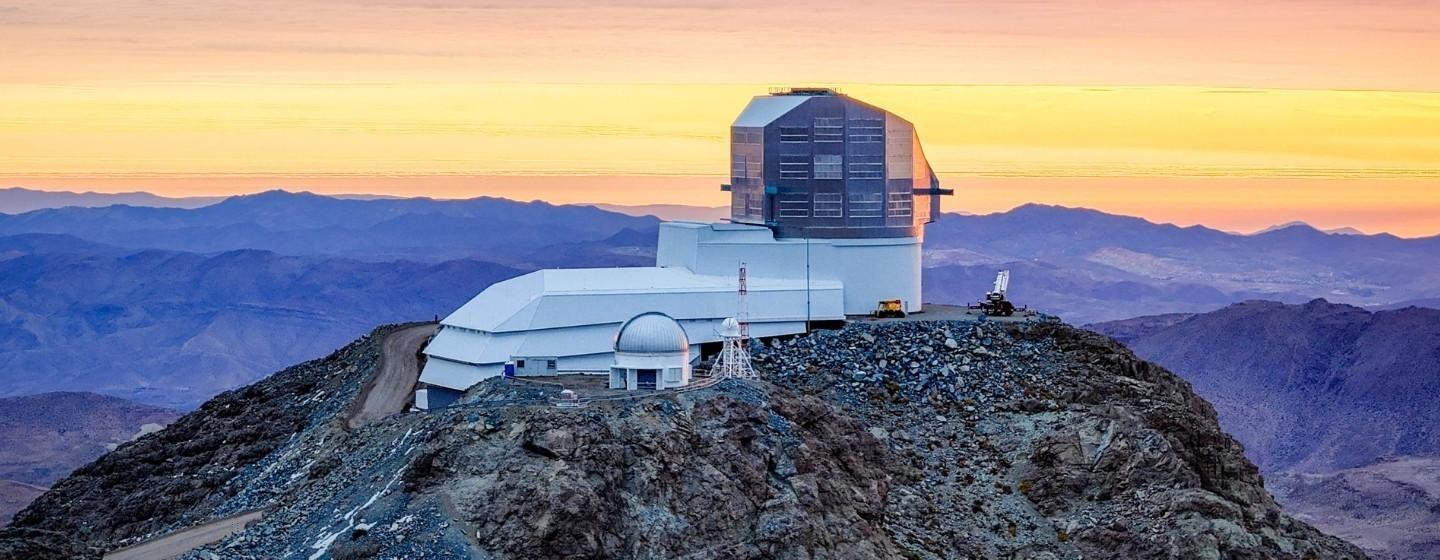A Mind-Blowing New Era of Astronomy


The statistics alone boggle the mind.
The Vera C. Rubin Observatory in Chile boasts a 3,200-megapixel camera, which is the largest digital camera ever built. It’s about the size of a small car and weighs as much as a pickup truck.
The Rubin Observatory can produce about 20 terabytes of raw data in one night. That’s more data than you’d need to stream 50 years of music nonstop. In 10 years, data from the observatory will reach about 500 petabytes, which is around the amount of content written in every language in human history.
One Rubin image covers an area of the sky equal to 45 full moons, Željko Ivezić, Rubin Observatory director, told CNN. To display the observatory’s full view, 400 high-definition televisions would be needed to show one image.
And scientists from the Duke Cosmology Group helped bring the images to life.

“We really strive to be the best place in the country to work on survey cosmology,” said Professor of Physics Christopher Walter in an article on Duke’s website. Walter spent two years working on the observatory site. “We work in teams, and nobody does just their own thing. People are involved in commissioning instruments; they’re working on the infrastructure of the codes that we use, they’re working in leadership. So, for those of us working on Rubin, we’ve all spent a lot of time trying to get the telescope running.”
The facility is jointly funded by the U.S. National Science Foundation and the U.S. Department of Energy’s Office of Science.
The observatory’s primary mission is to conduct a 10-year survey of the Southern sky. It will photograph the cosmos every three days for the Legacy Survey of Space and Time (LSST). All those images will be combined in a time-lapse video, which should reveal with never-before-seen precision not only what the sky looks like on a given night but also which celestial objects have changed brightness, position or behavior over time. That vast amount of data will help astronomers study dark matter (invisible matter that holds the universe together), dark energy (which causes the universe to expand) and, because of the time span of observations, transient astronomical events such as gamma ray bursts.
Duke researchers working on the observatory have a variety of responsibilities. Bekah Polen, a Ph.D. student who studies dark energy, works on a team that ensures the telescope’s controls are as precise as possible. HyeYun Park is a postdoctoral researcher who ensures the telescope and dome work as they should. Assistant Research Professor of Physics Arun Kannawadi works on the software that will process the data as the telescope takes one ultra-precise image every 40 seconds.
“My job is making sure that we can stack all of these photographs to make a much deeper image, so we begin to see fainter and fainter galaxies and can reliably measure their properties—how bright they are, what kind of shape they have,” Kannawadi said in the Duke article.
The telescope is named after Vera Rubin, an influential astronomer who provided some of the first evidence that dark matter existed. The facility was built in a place where her work could continue.
The observatory is in the Andes on top of Cerro Pachón, a mountain in Chile about 8,684 feet above sea level. That location in the Southern Hemisphere allows for a great view of the Milky Way’s galactic center. The area is already home to other ground-based observatories because of its dry air and dark skies.
“I’m really excited to do this ‘hands-on’ cosmology,” said Walter. “I want to be involved in understanding the truly fundamental nature of how things work. And I hope what it means is that we’ll learn something completely new about the universe and the way space-time works.”
To learn how astronomers are using a North Carolina–based library of old star photos to make new discoveries, watch this Sci NC story.
This NASA archive contains century-old sky photos, revealing the birth and death of stars.